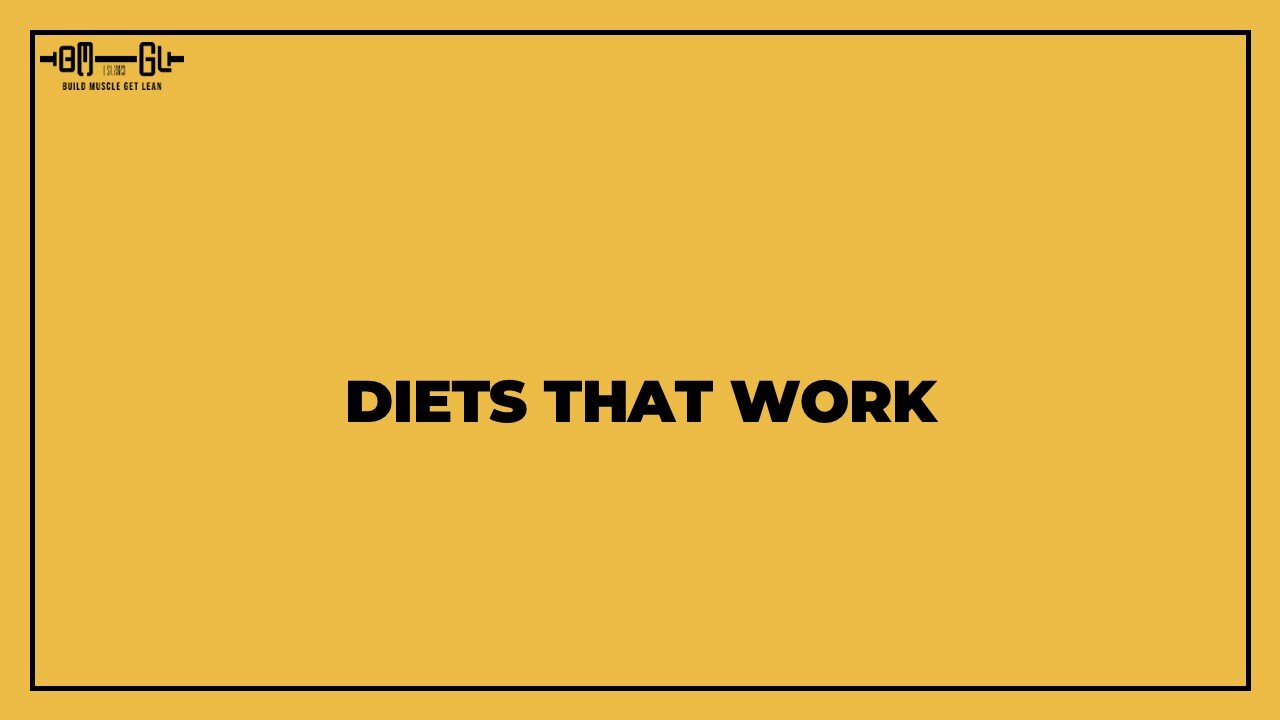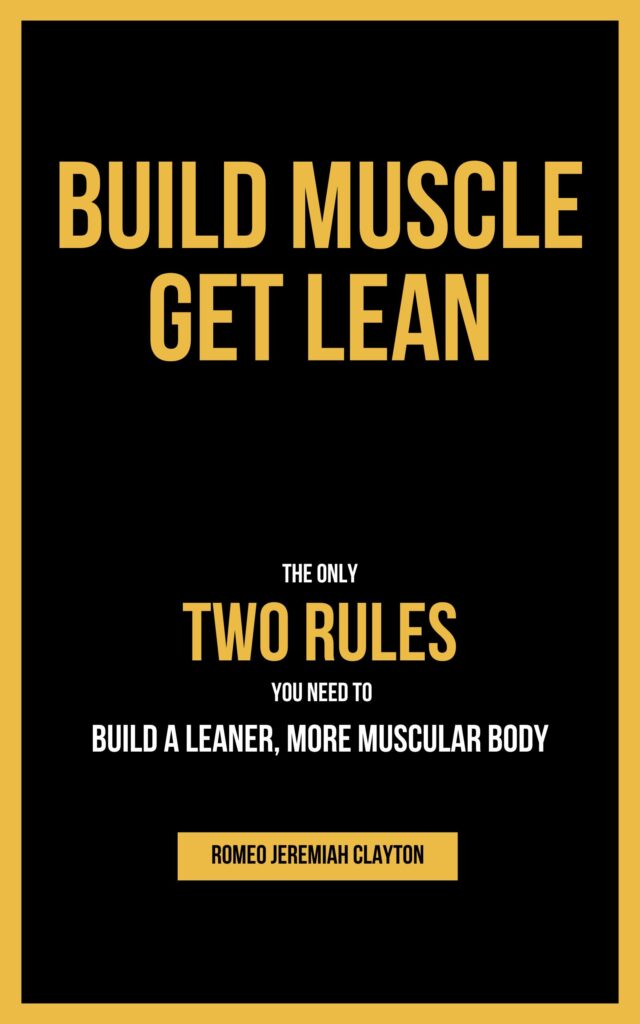Are you tired of jumping from one diet to the next, hoping for a solution that sticks?
The good news is that all diets can work if you understand the principles behind their success.
In this article, we’ll explore why diets work, their hidden mechanisms, and how you can choose the right approach for long-term results.
The Science Behind Diets That Work
At their core, all successful weight loss diets share a common mechanism: they help you eat fewer calories than your body burns (a state known as a calorie deficit).
Whether it’s keto, intermittent fasting, or a point-based system, the goal is the same—reduce calorie intake.
But not all diets are created equal.
Some prioritize fat loss while preserving muscle, and others might inadvertently cause you to lose lean mass along with fat.
Let’s break down popular diets, their advantages, and their drawbacks.
Point-Based Diets
Many popular weight-loss programs use a point system to simplify calorie tracking.
Foods are assigned points based on serving sizes, and you’re given a daily limit.
- Why it works: It creates a calorie deficit without requiring you to understand macronutrients or calorie counts.
- The downside: These systems can create dependency, leaving you reliant on the program instead of learning how to manage your diet long-term. Instead of tracking “points,” learning to track calories and macros empowers you to create a sustainable, personalized approach.
Low-Carb and Keto Diets
Low-carb diets like keto limit carbohydrates to force your body to use fat as its primary energy source.
- Why it works: Cutting carbs often leads to an immediate drop in water weight, which can be motivating. By reducing a major calorie source (carbs), most people naturally eat fewer calories overall.
- The downside: These diets can be unsustainable for many because they restrict entire food groups. Plus, consuming too much dietary fat on keto can lead to weight gain if you exceed your calorie needs.
Pro tip: Instead of eliminating carbs entirely, include nutrient-dense options like sweet potatoes or whole grains in moderate amounts. Carbs are essential for energy, especially if you want to maintain muscle while losing fat.
Intermittent Fasting
Intermittent fasting (IF) restricts eating to a specific time window (e.g., 12 p.m. to 8 p.m.), which can help reduce calorie intake.
- Why it works: By shortening the time available to eat, most people naturally consume fewer calories.
- The downside: Without mindful food choices, it’s easy to overeat during your eating window. Also, fasting for extended periods can increase hunger hormones like ghrelin, leading to binge eating.
If you try intermittent fasting, remember: it’s the calorie deficit—not the fasting window—that drives fat loss. Focus on balanced meals within your eating period.
Flexible Dieting (IIFYM)
Flexible dieting, often referred to as “If It Fits Your Macros” (IIFYM), allows you to eat any food as long as it fits within your daily macronutrient goals.
- Why it works: It promotes balance by letting you enjoy your favorite foods while staying within calorie and macro targets.
- The downside: Without planning, you might prioritize “junk” foods, leading to hunger and nutrient deficiencies.
Flexible dieting teaches you how to maintain control over your diet without cutting out the foods you love—making it one of the most sustainable options.
Want to learn how to master flexible dieting and transform your body?
Grab a copy of my book, Build Muscle Get Lean, for a practical, step-by-step approach!
Why All Diets Work… and Why Most Fail
Every diet works if you stick to it long enough to create a calorie deficit.
However, most diets fail because they’re too restrictive or lack flexibility, making them hard to follow long-term.
To find a diet that works for you, focus on these key principles:
- Sustainability: Choose an approach that fits your lifestyle and preferences.
- Flexibility: Include a variety of foods to avoid feeling deprived.
- Calorie Awareness: Understand the calorie content of what you eat, even if you don’t track every day.
- Muscle Preservation: Combine your diet with strength training to maintain muscle while losing fat.
The Superior Approach to Dieting
Instead of following a rigid diet, create a personalized plan that aligns with your goals and habits.
Prioritize high-protein, nutrient-dense foods to stay full while keeping your calorie intake in check.
Add occasional treats to make your diet enjoyable, not punishing.
Key Takeaway: Diets that work aren’t magic—they’re built on science.
Whether you prefer low-carb, flexible dieting, or intermittent fasting, the best diet is the one you can stick with while achieving your goals.
Final Thoughts: Build a Diet That Works for Life
Transforming your body requires a sustainable approach.
Instead of hopping from one diet trend to the next, focus on mastering the basics: staying in a calorie deficit, eating nutrient-rich foods, and building habits that last a lifetime.
For a deeper dive into flexible dieting and building a leaner, more muscular body, check out my book, Build Muscle Get Lean: The Only Two Rules You Need to Build a Leaner, More Muscular Body.
It’s your ultimate guide to achieving your transformation—without giving up the foods you love!
What’s Your Experience?
Have you tried a diet that worked for you—or one that didn’t?
Share your thoughts below!

